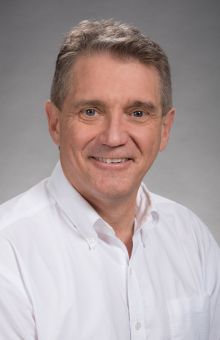Engineered stem cells do not provoke dangerous heart rhythms, a problem that has thwarted efforts to date.

Researchers at the University of Washington have developed stem cells that don’t cause dangerous heart rhythms, a hurdle in using stem cells to repair injured hearts. The team used pluripotent stem cells, which can become any cell type. Previous attempts at using stem cells to repair heart damage were successful but resulted in high heart rates initially. To address this, the researchers manipulated ion channels and genes in the stem cells and created a new stem cell line called “MEDUSA” that generates heart muscle cells that beat in sync with natural pacemaking without causing dangerous rhythms. This breakthrough could pave the way for heart regeneration.